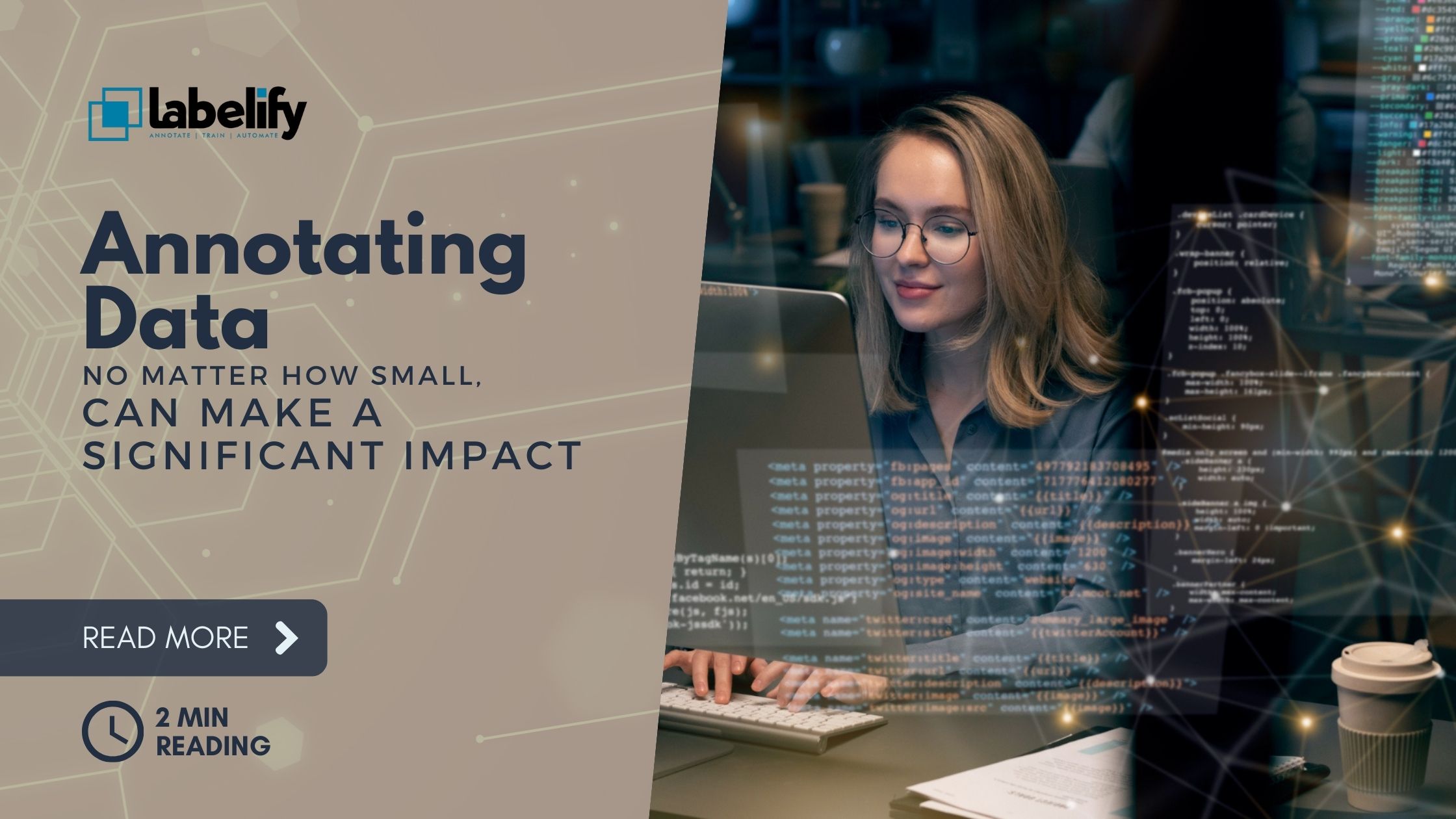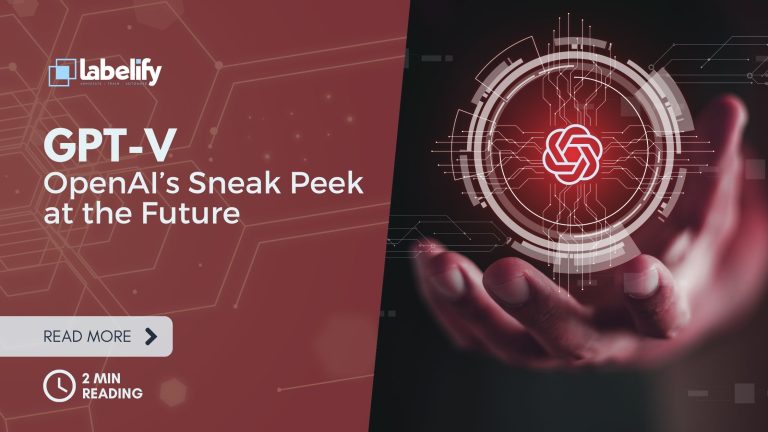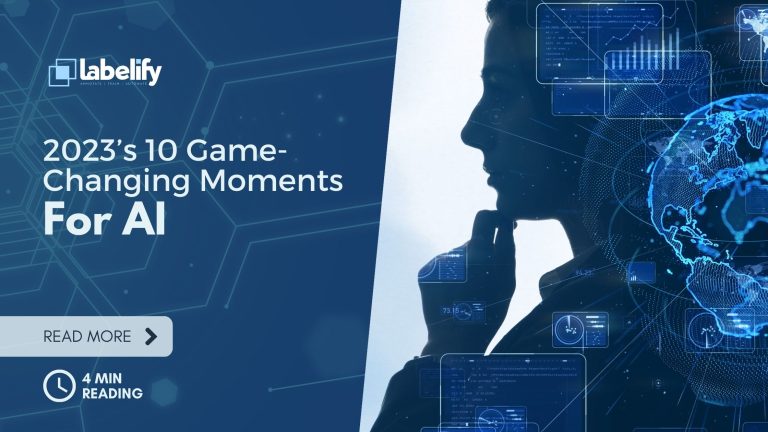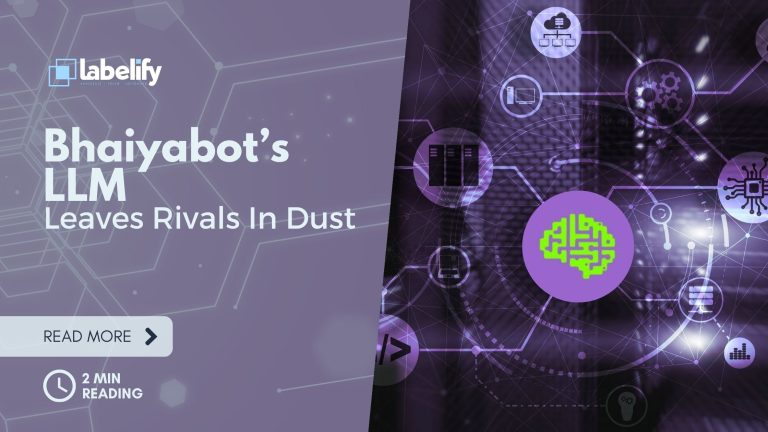Annotating data, no matter how small, can make a significant impact
It is the key element in the effectiveness for any AI model, as the only way for an image-detection AI to identify the face in a photograph is to have a large number of photos labeled with the word “face” have been tagged as such. If there’s no annotated data, then there exists no model for machine-learning.
What is the purpose of data annotation?
The main purpose of annotation information is labeling it. Labeling data is one of the very first steps of every data flow. Additionally, the process of labeling data usually results in more streamlined data as well as additional opportunities.
Labeling data
It is important to consider two essential things in mind when annotating information:
Data
- A consistent name convention
- As labeling projects become more advanced, the labels’ conventions will likely to become more complex.
Sometimes, after preparing an ML model using your data you may realize that the naming conventions were not enough to produce the type of ML model or predictions you had in mind. Then you must go back to drawing boards and re-design the tags for the data.
Clean data
- Clean data builds more reliable ML models. To determine if the data is free of contamination:
- Examine the data to find any outliers.
- Test the data to determine if there are missing values or invalid values.
- Make sure labels conform to the conventions.
Annotation is a way to improve the quality of data. It could fill in the gaps in the data where there are. While exploring the dataset it is possible to uncover poor data or data outliers. Data annotation could be used to:
- The data is not properly labeled, or data with labels that are missing
- Make new data available to be used in the ML model to utilize
Human or automated annotation
Annotating data can be expensive depending on the method employed.
Certain types of data can be notated or at the very least, annotated using automated methods with a certain degree of precision. For instance, below are some simple examples of annotation:
- Google an image of a horse, and then download the top 1000 photos to create a horse image.
- Scraping media sites for all sports content, and then labeling the articles as articles about sports.
- It’s easy to collect information about horses and sports; however the degree of accuracy of this data isn’t known until further investigation. It’s possible that some of the horse pictures downloaded aren’t real photos of horses, but they are a possibility.
Automation reduces costs, but can compromise accuracy. Human annotation is expensive, yet it’s more precise.
Data annotators can make annotations on data according to the accuracy of their information. If it’s an image of a horse, Humans can verify that it is. When the subject is knowledgeable in the horse breeds, the information can further be added to the breed of horse. It is also possible to draw an outline of the horse’s image to indicate precisely what pixels belong to the horse’s image.For articles about sports it is possible to have the article divided into a game report, sport analysis of players, game forecasts. If the information is classified exclusively by sports then the tag is less precise.
At the end of the day, data is annotated for both:
- A certain degree of precision
- A certain degree of accuracy
- Which is the most important But it is dependent on the way the machine learning issue is determined.
Human-in-the loop learning
In IT, the “distributed” mindset is the concept of directing jobs to one location to get rid of huge amounts of work being piled on a single place. This is the case for the Kubernetes architecture as well as computer processing infrastructure cutting-edge AI ideas, the microservices architecture and it’s true for annotation of data.
Annotating data can be less expensive and even free when the annotation occurs during the user’s procedure.
It’s an uninteresting and boring job for an individual to have the opportunity to label data for hours on end. If the labeling is natural within the user experience, or perhaps once occasionally from a variety of people rather than just one person, then the job can be done more easily and the potential of receiving annotations could be attainable.
This is referred to as human-in-the loop (HITL) and is typically one of the functions of a well-established model of machine learning.
For instance, Google has included HITL and data annotation into their Google Docs application. When the user clicks on the word using the squiggly line underneath it, and then selects another word or a spell-corrected one, Google Docs gets a tagged bit of data to confirm that the word predicted is the correct replacement for the word that has the error.
Google Docs has included its users into the process by introducing an easy feature of the app that allows users to receive real-world data and annotated data from its users.
In this manner, Google sort of crowd-sources its data annotation issue and doesn’t need to hire teams of workers who sit at their desks all day , reading the wrong spelling of words.
Tools to help annotation of data
Annotation tools are instruments created to aid in the annotation of specific parts of data. The types of data they can accept are:
- Text
- Image
- Audio
The software generally has an interface that allows users to easily make annotations and then export the data into different formats. The data exported can be saved in the form of an .CSV file as a text document, a photo file, or even transform the data to the JSON format that is specifically tailored to the standard used to train the data to be used in a Machine Learning model.
There are two widely-used tools for annotation:
- Prodigy
- Label Studio
However, that’s not the majority of them. Awesome-data-annotation is a Labelify repository with an excellent list of data annotation tools to use.
Data Annotation and its role in Machine Learning
- Data annotation is a business
- Annotation of data is vital for AI and machine learning and both have brought immense worth to humanity.
In order to continue expanding in the AI sector, more data annotation experts are required, and they will be required for a long time. Data annotation is a booming industry and is expected to expand as more and richer datasets are required to solve the machine learning’s most complicated problems.




